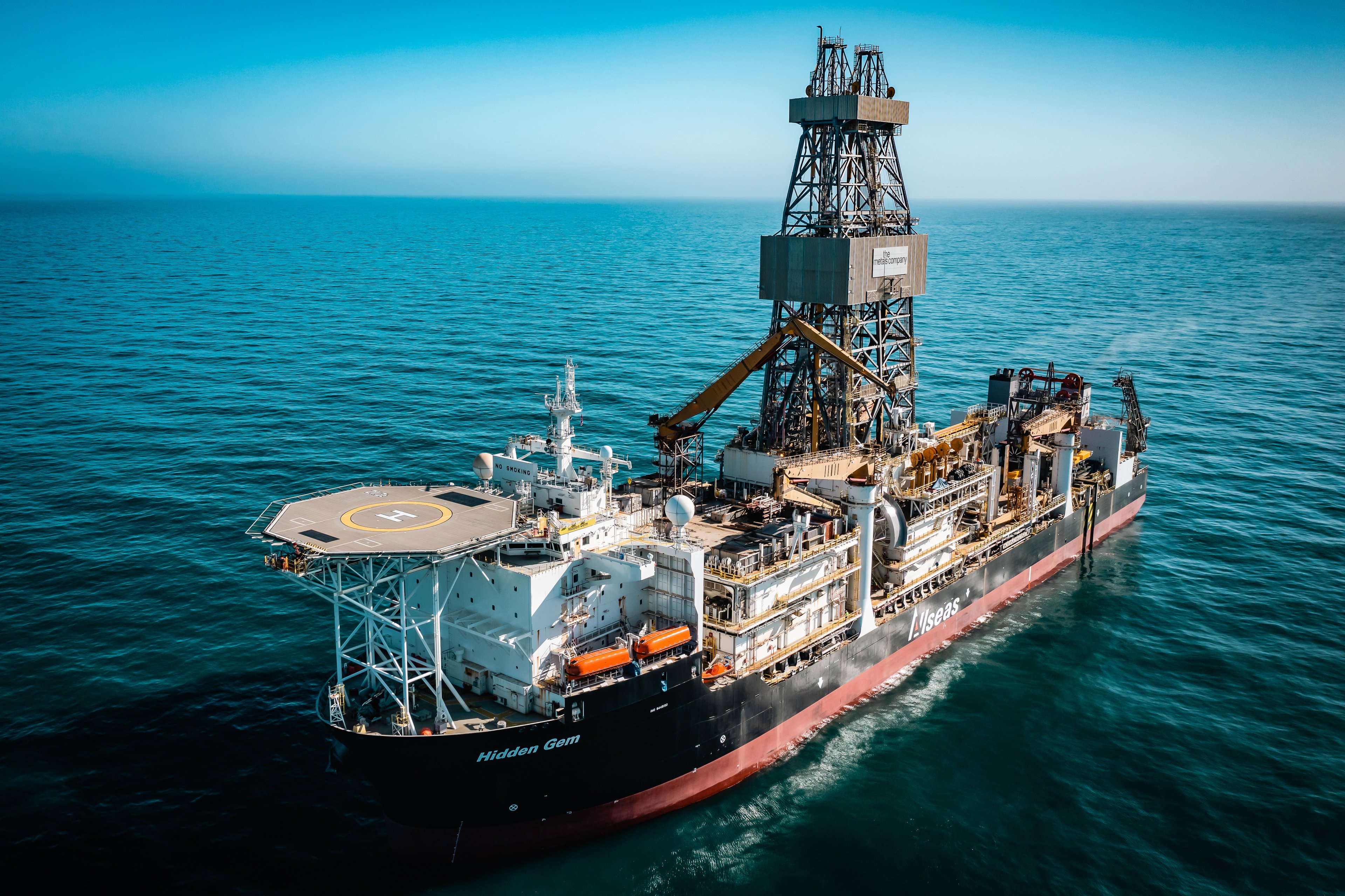The Metals Company (TMC 9.97%) has had one heck of a run in 2025. Up over 325% to date, the deep-sea minerals exploration firm has soared on U.S. policy tailwinds and strategic partnerships. Share prices surged, for example, after Korea Zinc, a world-leading producer of non-ferrous metals like zinc and silver, became one TMC's biggest shareholders with a 5% stake.
Since then, however, the mining stock has been on a downtrend. Share prices have fallen about 36% since its summer highs. The sell-off begs the question: Was the valuation run-up a mirage, or should investors ignore the short-term noise? Spoiler alert: TMC's latest slump isn't a sign that the business is in jeopardy.
Here's what you should know.

Image source: Getty Images.
Why is TMC slumping?
The first big hit to TMC's momentum came in July 2025, when the International Seabed Authority (ISA), the United Nations-affiliated body whose "blessing" TMC needs to start mining nodules commercially, walked away from its 30th council session without finalizing a mining code. Since TMC needs that mining code to begin preparing for commercial operations, the lack of one makes its current path to mining quite precarious.
A few weeks later, TMC reported its second quarter earnings, including a net loss of $0.20 per share and an operating loss of $22 million. Neither of those was surprising -- TMC is, after all, a pre-revenue company -- but investors got a jolt with management's expected date to start mining operations in Q4 2027. The uncertainty around TMC's regulatory status, plus the two-and-a-half year limbo until flipping the operational switch, has sent the stock into a downward spiral.
Why investors shouldn't get distracted
To be sure, both of these pieces of news are important for investors to consider. On the other hand, if you're taking a long-term stake in TMC's stock, neither has enough weight to derail your investment just yet.
First, let's talk about regulation. Although TMC doesn't have the ISA's blessing, it does have a backdoor through the U.S. government. In April 2025, President Donald Trump signed an executive order to fast-track deep-sea mining. In essence, the order directs U.S. agencies to expedite permits for seabed mining in domestic waters and -- this is crucial -- international waters too. As a consequence, the order could effectively bypass the ISA's authority altogether.
How can it do that? Well, there's a bit of a backstory here. Back in the 80s, when nations were trying to figure out what to do about seabed mining, the U.S., under President Ronald Reagan, decided it would not ratify the Law of the Sea, which created the framework that later made the ISA. Instead, the U.S. Congress passed the Deep Seabed Hard Mineral Resources Act (DSHMRA), which gives it is own legal framework to license American companies for seabed mining.
Although ignoring the ISA's authority could breach international law, the U.S. government may be willing to take that risk in favor of national interests.
And TMC is seizing the opportunity. In April 2025, TMC's U.S. subsidiary (the company is headquartered in Vancouver) submitted the first-ever application for a commercial deep-sea mining to the National Oceanic and Atmospheric Administration (NOAA), and, by mid-August, its requested licenses were moved into a 100-day certification stage. In theory, then, TMC could have a U.S.-issued exploration license by year's end.

NASDAQ: TMC
Key Data Points
Cash burn looks manageable, for now
Now to the balance sheet. TMC had a cash position of about $115.8 million at the end of June. It's second-quarter cash burn was about $10.7 million, slightly higher than the $9.4 million from the quarter before. Assuming a cash burn of about $10 million a quarter, the company should have enough to cover overhead until its target operational date of Q4 2027.
Of course, that doesn't include the capital expenditures to fund full-scale mining in the Pacific Ocean. For example, vessel conversions, equipment production, and environmental compliance, among other costs, could push quarterly burn above current levels.
At the same time, we can't lose sight of the prize. By TMC's own calculations, its two main project areas have an estimated net present value of $23.6 billion. Although TMC didn't disclose how much it would cost to mine those nodules, the $23.6 billion valuation dwarfs its current market cap of $2 billion.
To be sure, none of this makes TMC a safe stock. It's a high-risk, high-reward play on future demand for metals. Investors who believe in that future should look past today's slump -- by the looks of it, TMC's story is only getting started.





